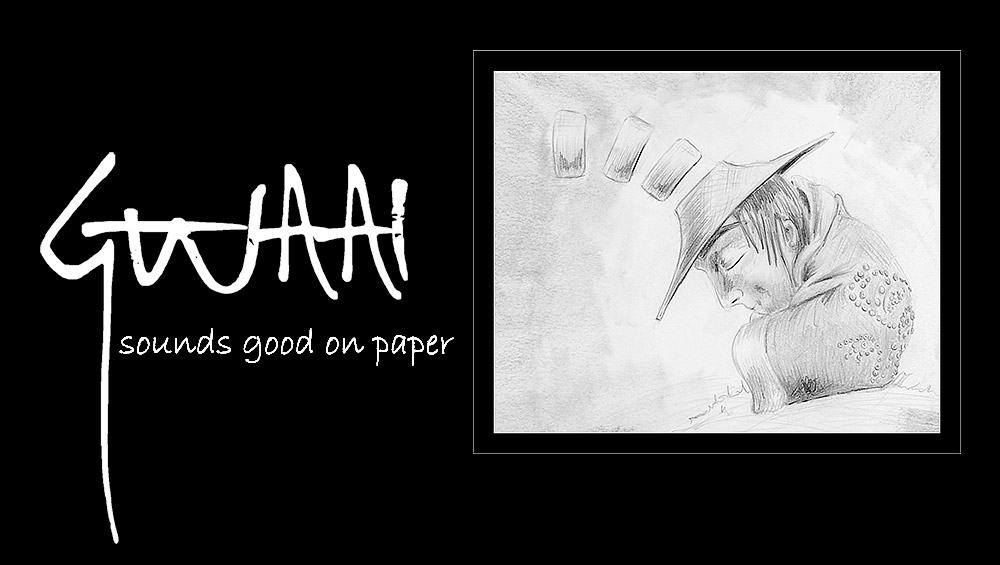



The exhibition, and catalogue, introduced viewers not only to the creative process, imagery, development and breadth of Gwaai’s artistic practice, but also addresses issues of established cultural and historical notions of Haida art.
Like many young contemporary First Nations artists, Gwaai has struggled against the boundaries of what defines and qualifies First Nations art.
First Nations art is traditionally catagorized by its representation of iconic forms or stylistic modes e.g. Haida art and the ovoid forms. Regardless of its intent, this popular means of classification, based on traditional, or antiquated, iconography has imposed a limiting affect on the work of contemporary First Nations artists who push the boundaries of these formal images.
Gwaai contends that art, which may not fit traditional expectations of Haida “look and feel”, is still Haida art when executed by a Haida artist; it is the origins of an artwork, the cultural history of a people or a movement that helps define and expand an artistic style. Not the other way around.
(taken from catalog introduction by Jeen Yee, March 2012)
You must be logged in to post a comment.